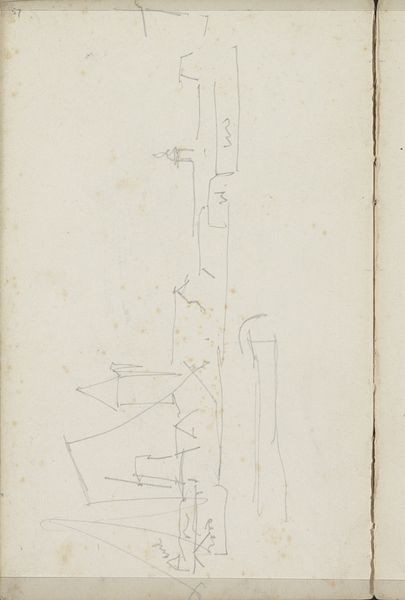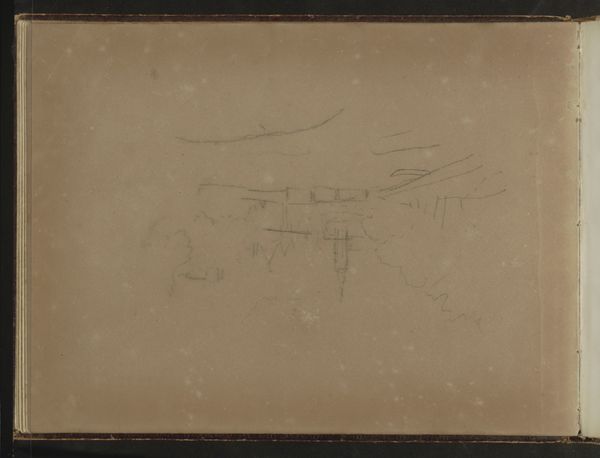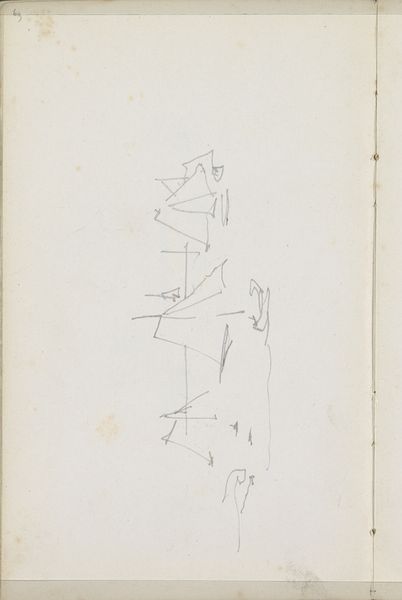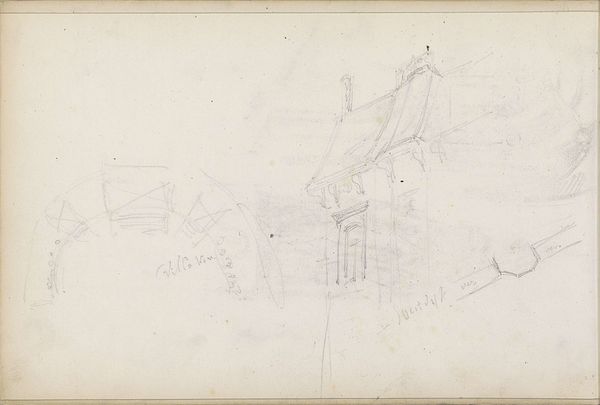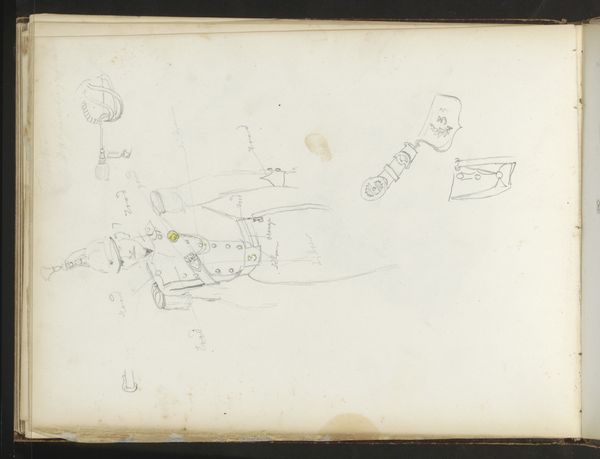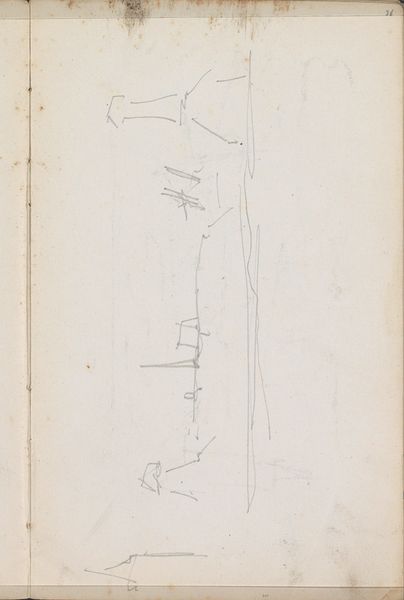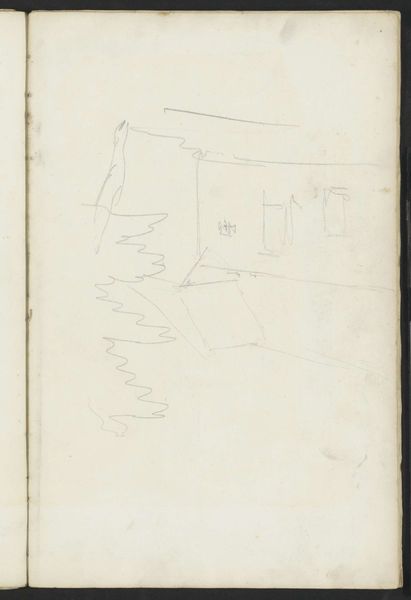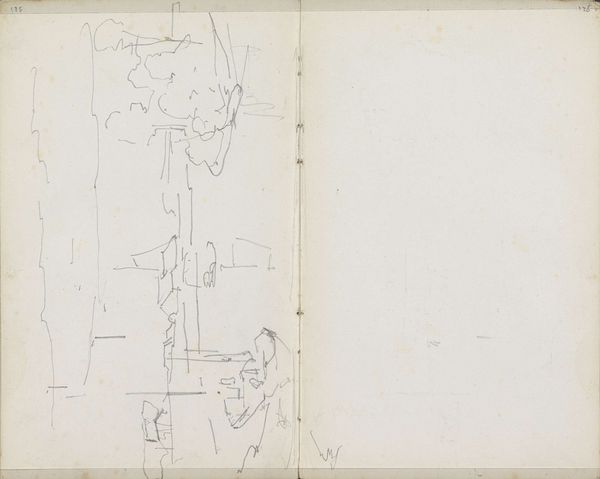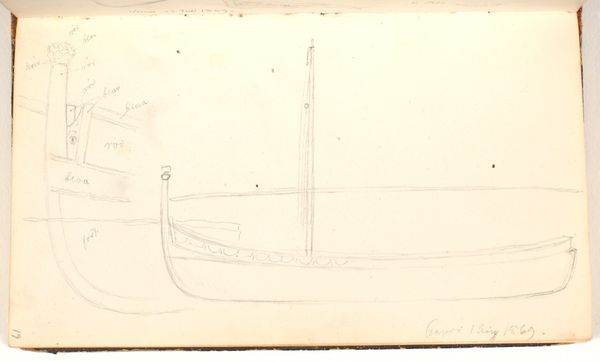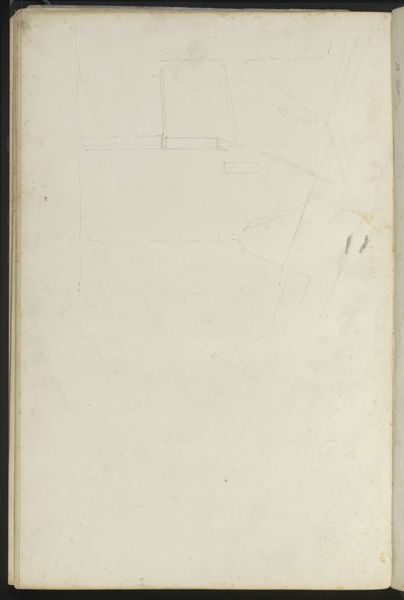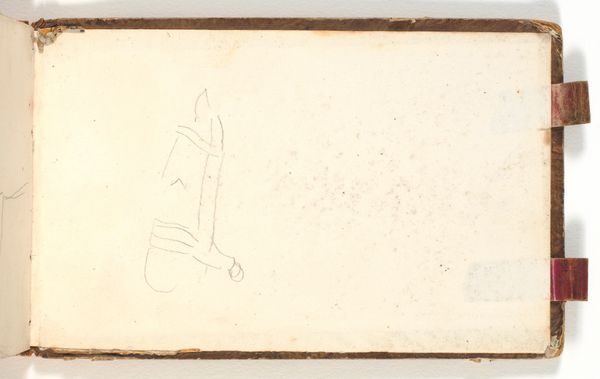
drawing, pencil
#
drawing
#
pencil
#
line
#
realism
Copyright: Rijks Museum: Open Domain
Editor: This pencil drawing, titled "Zadel," or "Saddle," by Reinier Craeyvanger, dates from sometime between 1822 and 1880, and is held at the Rijksmuseum. It has this unfinished, almost ghost-like quality that I find really captivating. What stands out to you? Curator: The beauty for me resides in the encoding, you see? It isn't just a saddle; it is the idea of horsemanship, of journeys, even status communicated through a simple collection of lines. A saddle doesn't merely represent utility, it calls upon deeply entrenched associations with history. Do you feel the echo of equestrian portraits when viewing this? Editor: That’s a fascinating point. I hadn’t considered the historical connotations so directly, but now that you mention it, I see how this humble drawing of a saddle pulls up those associations. Curator: Note the spare rendering, yet consider all the symbolism implied with that lack of adornment: practicality over ostentation perhaps? The linear simplicity here amplifies this symbolic potency. Editor: It makes you wonder about the stories tied to this particular saddle, the travels it might have seen. It also prompts an appreciation for simple lines communicating so much. Curator: Exactly. These seemingly modest depictions possess enduring cultural and psychological layers waiting for us to peel back, one association at a time. I love how it continues to prompt discussion and spark thoughts about what it signifies today. Editor: Me too. I see this now as less of a sketch, and more of a symbolic portal to history and culture.
Comments
No comments
Be the first to comment and join the conversation on the ultimate creative platform.

